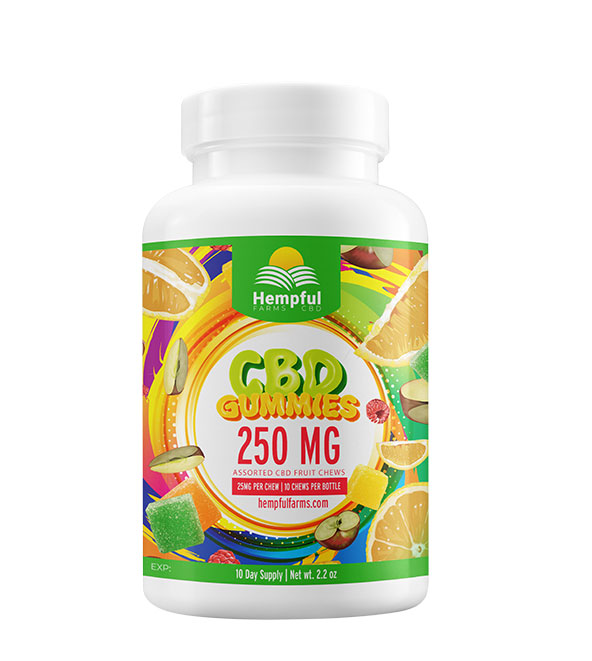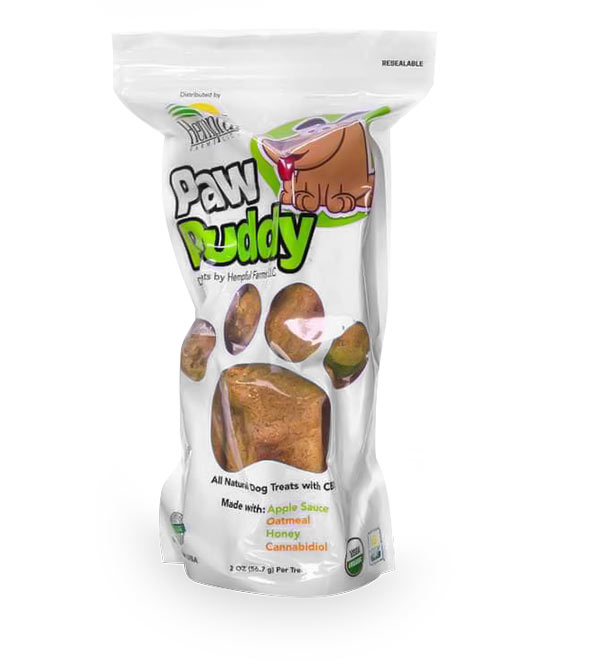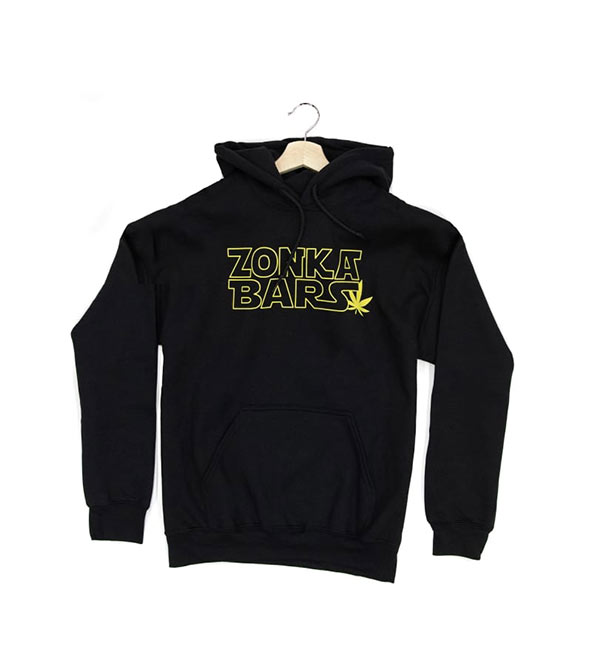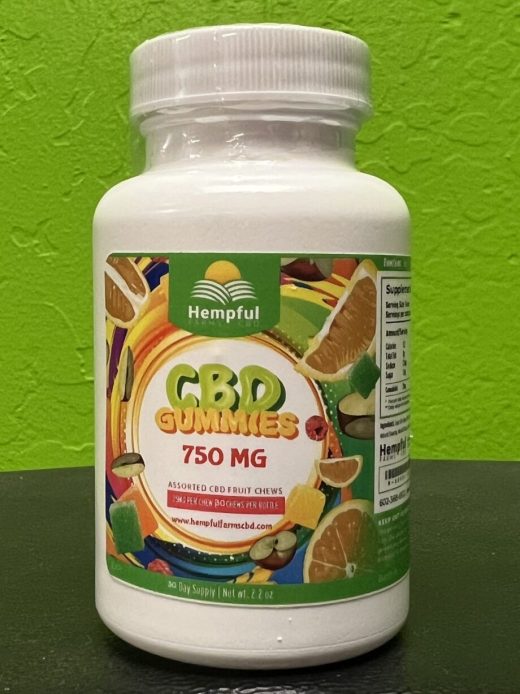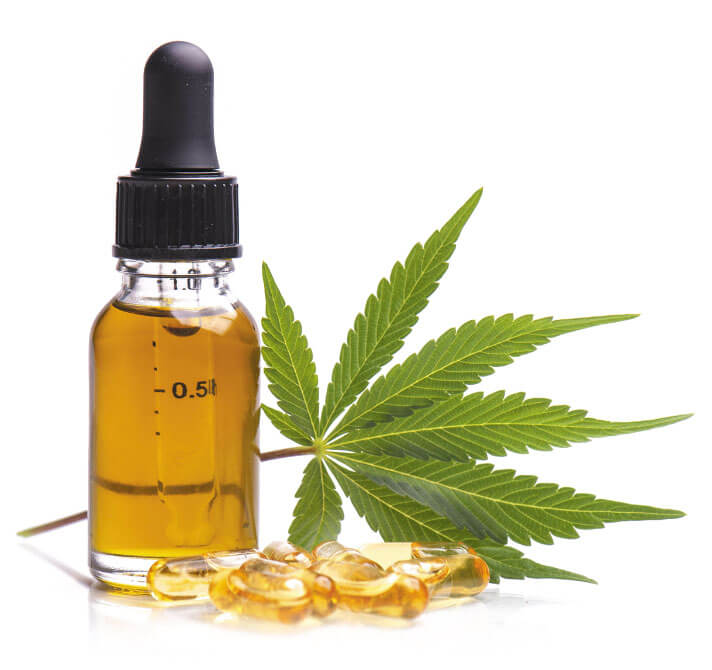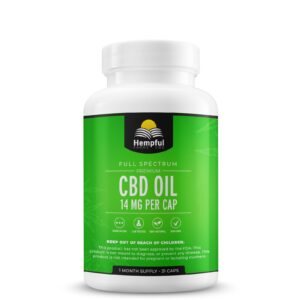Description
CBD Gummies – Assorted Fruit Flavors
25 mg Hemp CBD per Gummy; 750mg CBD per bottle of 30 CBD infused gummies
Vegan ingredients only
Gluten-Free
No High Fructose Corn Syrup
Read what MAYO clinic says here
The rise of CBD gummies
If you’ve taken a look at the CBD (cannabidiol) market lately, you’ve probably noticed a mind-boggling array of products, from water, shampoo, and suppositories to CBD-infused pillows, gloves, and, yes, gummies—in a wide variety of shapes, colors, and flavors.
“CBD products are available in almost everything imaginable,” says Sara Jane Ward, assistant professor of pharmacology at Temple University Lewis Katz School of Medicine, in Philadelphia.
Which product you choose depends largely on individual preference and different product characteristics. Gummies have the advantage of being convenient and palatable. Learn more about the pros and cons of gummies and how to choose a product.
CBD can also come from the hemp plant, a cousin of the marijuana plant, but with lower THC levels. Since the 2018 Farm Bill was passed, farmers have been allowed to grow hemp as long as it contains 0.3 percent or less THC. (This is how to tell the difference between CBD oil vs hemp oil.)
What are CBD gummies and what do they do?
Gummies are just one type of CBD-infused “edibles,” or products you can eat. They are patterned after regular gummies and come in some of the same shapes like worms, bears, and froggies. Typically they contain some sugar, says Martin A. Lee, co-founder and director of Project CBD, a California nonprofit that promotes CBD research, and author of Smoke Signals: A Social History of Marijuana–Medical, Recreational, and Scientific.
Most of what we know about the effectiveness of CBD products comes from animal studies and from what people say, not from human studies. There’s also not much research on specific formulations. That said, people try gummies for the same reasons they use any other form of CBD: to relieve pain, stress, sleeplessness, and more. (Here are the best CBD creams for pain.)
Any single CBD product may be able to help any of these problems. “CBD is CBD is CBD,” says Ward. “It will be good for some things, hopefully, and there are probably other things it won’t be.” Effectiveness varies from product to product and person to person and depends largely on what dose you take and whether you’re taking gummies or something else.
What are the pros and cons of CBD gummies?
On the plus side, gummies taste better than oils and they’re probably safer than vaping, which has been linked with lung damage, says Ward. They also last longer (up to 12 hours) than many other forms making them helpful for chronic conditions, according to Project CBD. They’re also easy and convenient, which is useful if you need them on a busy day. (Learn more about the risks and benefits of CBD vape oil.)
The downside? Gummies take one to two hours to work, longer than some other forms. They also have to pass through your digestive system. While this allows the effect to penetrate all over the body, it also means the CBD can interact with other things in your stomach. “Whether you have it with a meal or on an empty stomach can interfere with absorption,” says Ward. Many people also have to consume higher doses, she adds.
What’s the right dose?
There is no typical dosage for CBD gummies or any other CBD product. Given that there are so few studies on humans, a lot of what we know is from people’s experiences, says Ward, who has been studying the effects of pure CBD on pain in animals for more than a decade. And different people metabolize CBD differently.
According to Project CBD, gummy products range from five milligrams to hundreds of milligrams. As for what people actually use, “the range is huge,” says Ward. Most people find out through trial and error. But the general recommendation is to start low and slowly work your way up if the initial dose doesn’t work, she adds.

